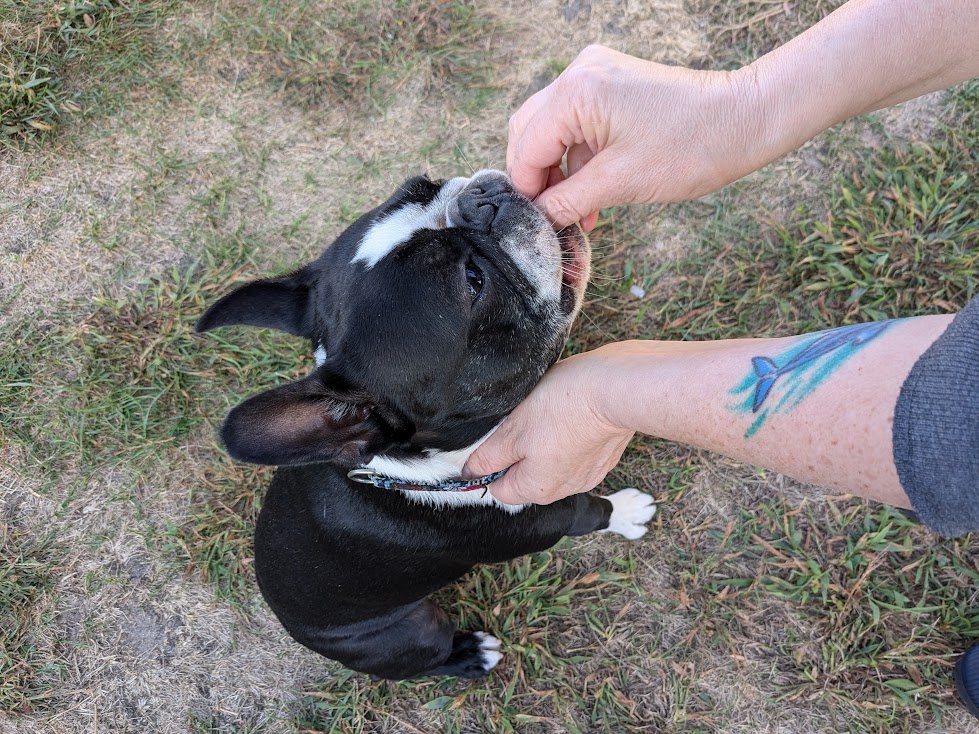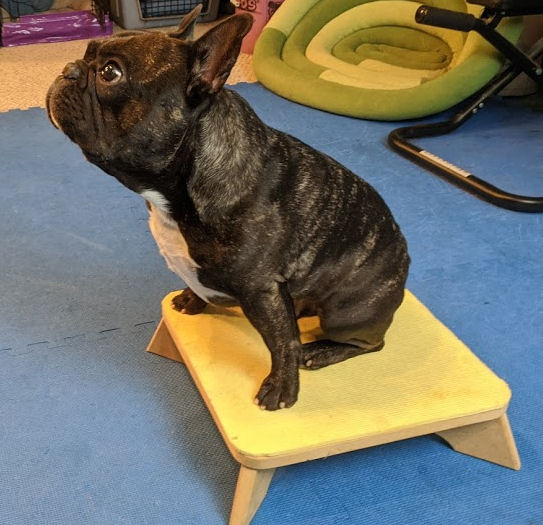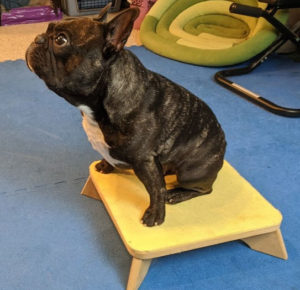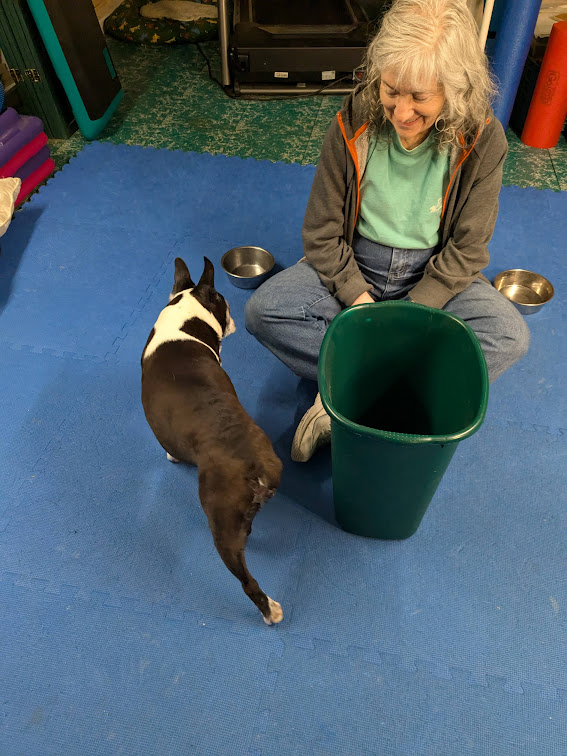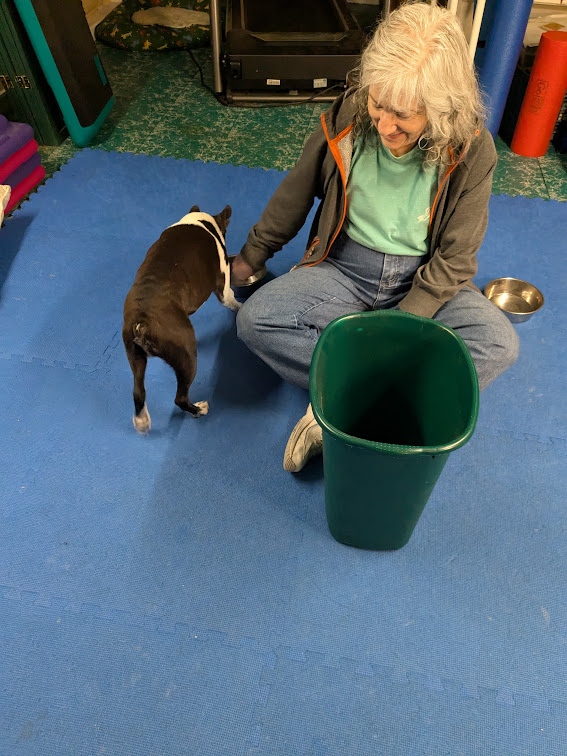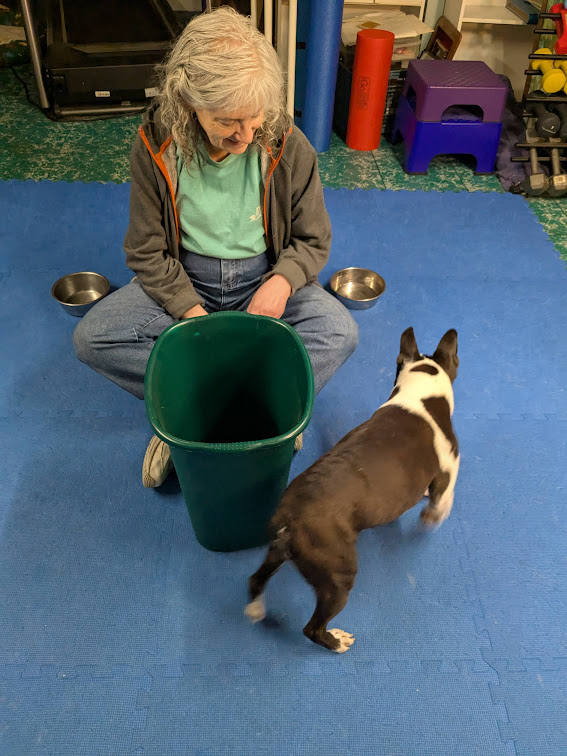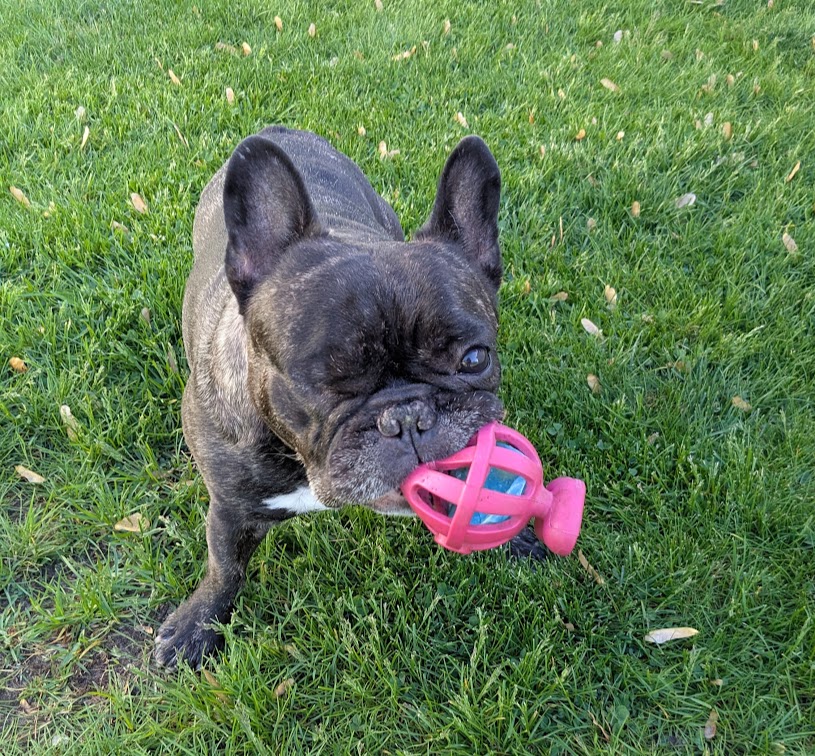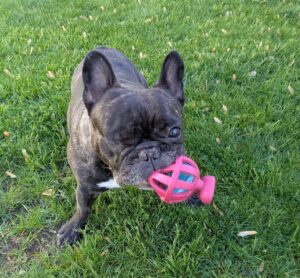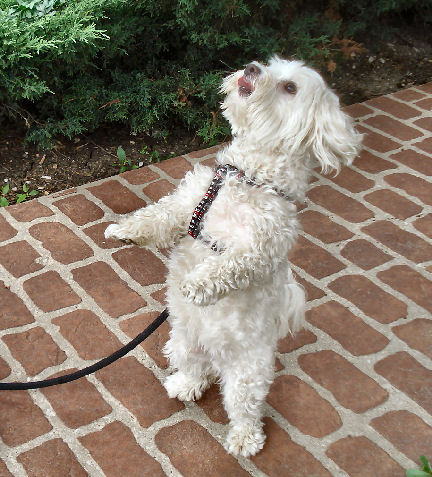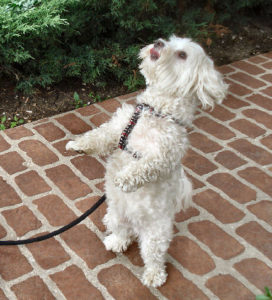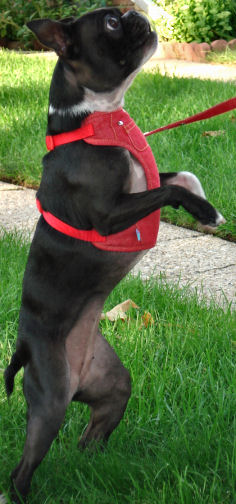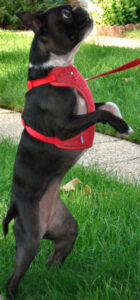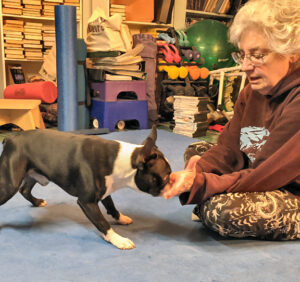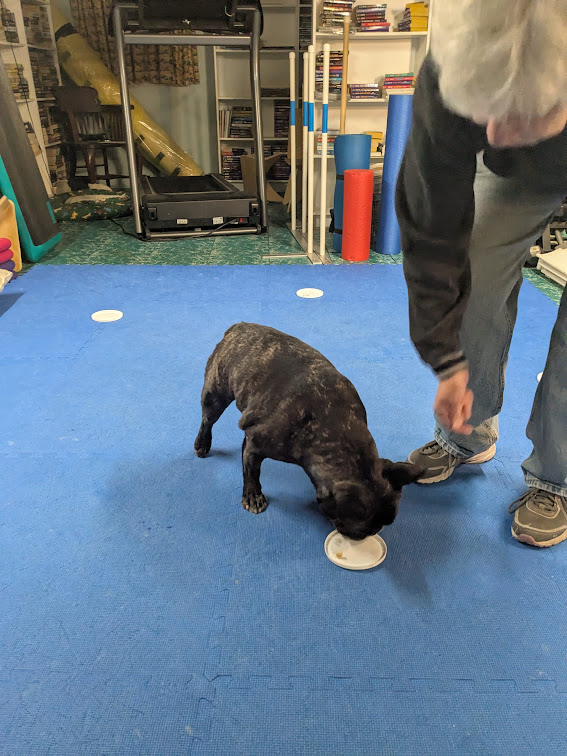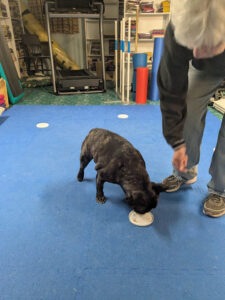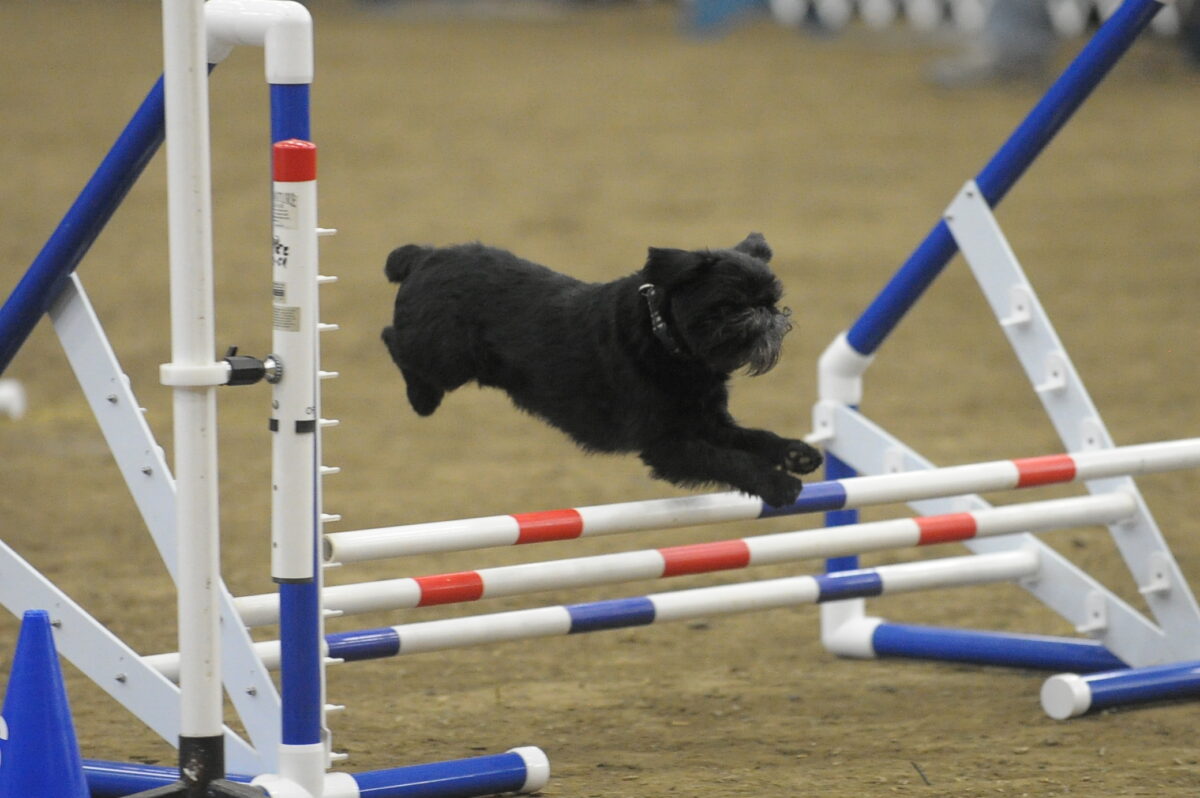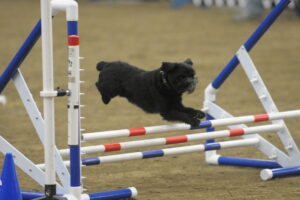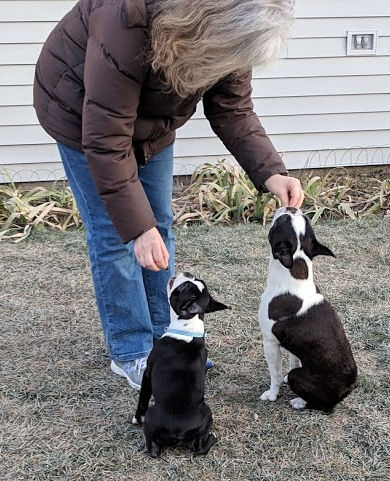There’s a puppy owner in Hope’s class who asks this question at the start of every single training game. Class has just begun, so we’re still on the fundamentals. Every game, at this point, has real-world application and importance. When we get farther along in the session, occasionally there will be a game that’s just for fun. That’s valid, too. Especially if it helps you see how smart and creative your dog is. And how much they enjoy playing training games with you.
Pick and choose carefully
There are a ton of training games and you should set priorities. The issues you have with your own dog are the ones you should emphasize in your training. But that doesn’t mean ignoring all the others. Change is the one constant in life. The game you may not need today may be vital in the future
One of our obedience club members pulled Hope aside last week to discuss an issue that’s recently cropped up with her dog. The dog has been through our Beginner classes and is now in Rally class. They’re at a level to compete, but the person isn’t quite ready to take that step yet.
She told Hope that her dog has recently started playing “Keep Away” when she’s getting ready for a walk before she leaves for work. The dog sees her reaching for the harness and leash and immediately gets the zoomies and plays her version of “Catch Me If You Can.”
The dog is just being naughty. She doesn’t mind the harness. She loves going on walks. But she knows that the walk is the last thing before her mom leaves for work, so she’s playing and delaying. Dogs are pretty smart that way.
That was then, this is now
Hope listened and said “That’s an easy one. Just go back and play the Collar Grab Game for a few days. She’ll be back with the program in no time.”
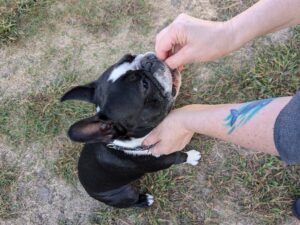
Her reply: “We never practiced that. I didn’t need it then.”
She’s probably right. Back when her dog lacked confidence and was afraid of the world, the dog saw her as her one safe port in the storm. She’d come whenever called. Things have changed. The dog is now happy, confident, and knows lots of stuff. But she doesn’t know the fundamental Collar Grab game because she never learned it.
That’s not as big a problem as you might think. When they were first learning dog training games, the dog knew almost nothing except how to bark and hide behind her mom. Now she knows how training games work. Games are always a chance to have fun together. And get treats. This dog is all about the treats.
There’s a game for that
Whatever your dog’s behavior issue might be, there’s a training game for that. It’s never too late to teach them. And it’s certainly never too late for them to learn. So, go back through your training notes and ask yourself, “What’s this game good for?” and see if any apply to your current situation.
When a new dog enters your life it’s easy to feel overwhelmed by the mountain of things the dog needs to know. The mountain is even steeper if you’ve had the dog for a while and simply chosen to manage the things that are problematic. It’s easier to close the bathroom door than teach a dog not to rummage in wastebaskets.
That’s fine! You should always solve real problems before dealing with the little things. But when your dog has learned the basics and knows their role in the household and family, it’s time to play a little catch up.
Keep a pending file
We always say what issues games are designed to fix and explain why they’re useful. If it’s not something you currently need, but you recognize the value, just make a mental note that there’s help available.
You can always revisit training games, pick up new ones, and replay favorites, especially if when you ask “What’s this game good for?” you find one that fits. Your dog will always be up for another game, whether it’s a life lesson or something just for fun. Playing training games is an ongoing investment in your dog, keeping them happy, engaged, and well-behaved.

